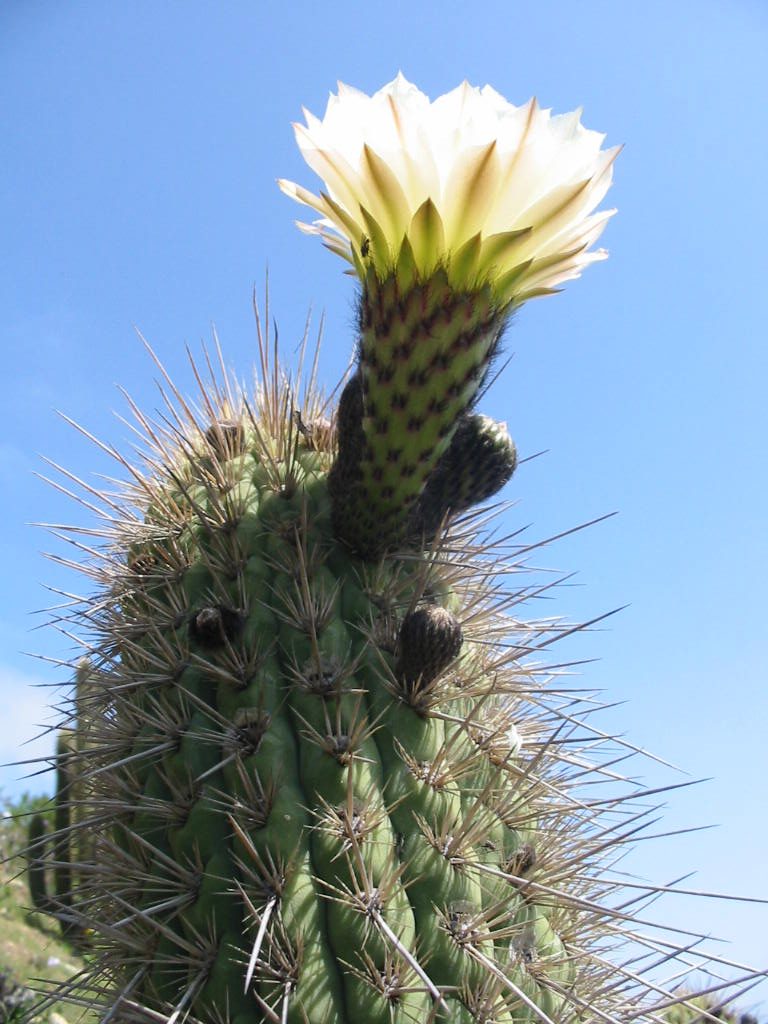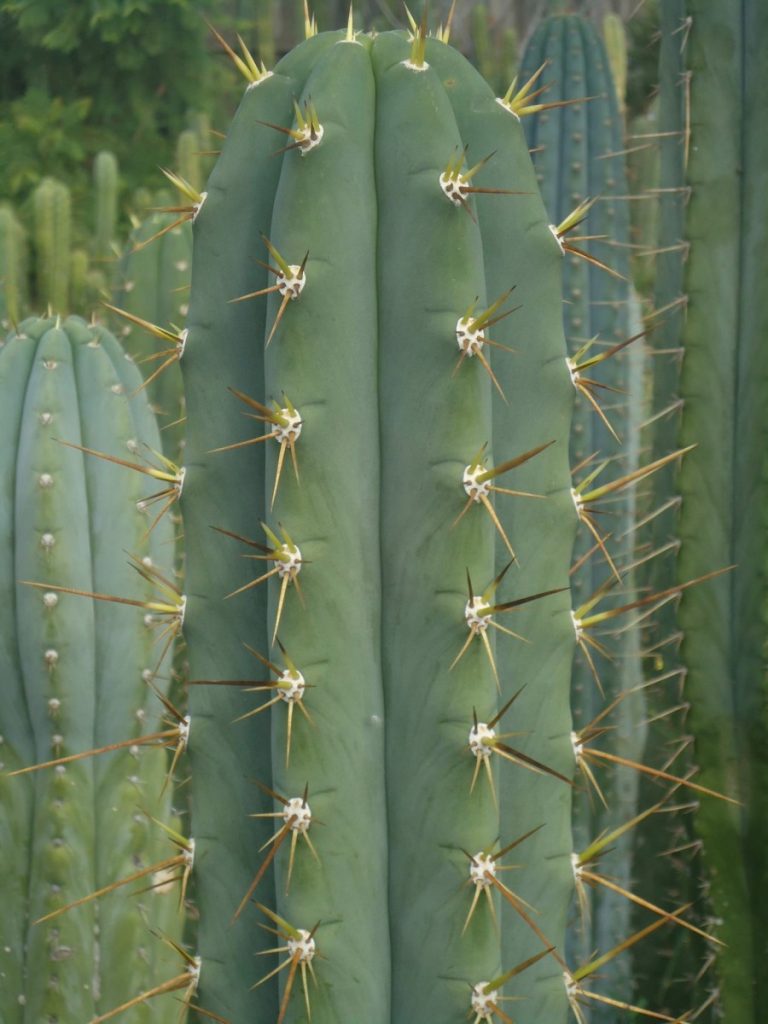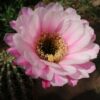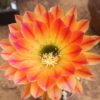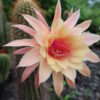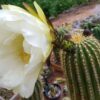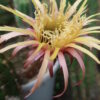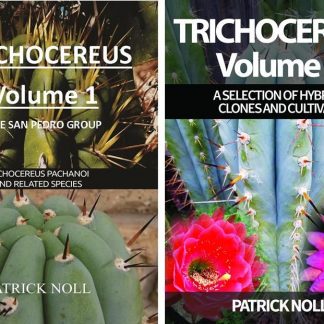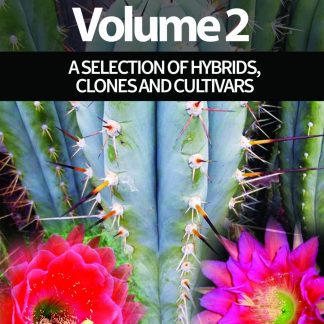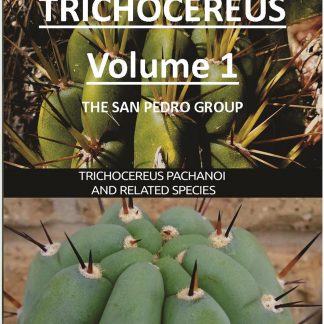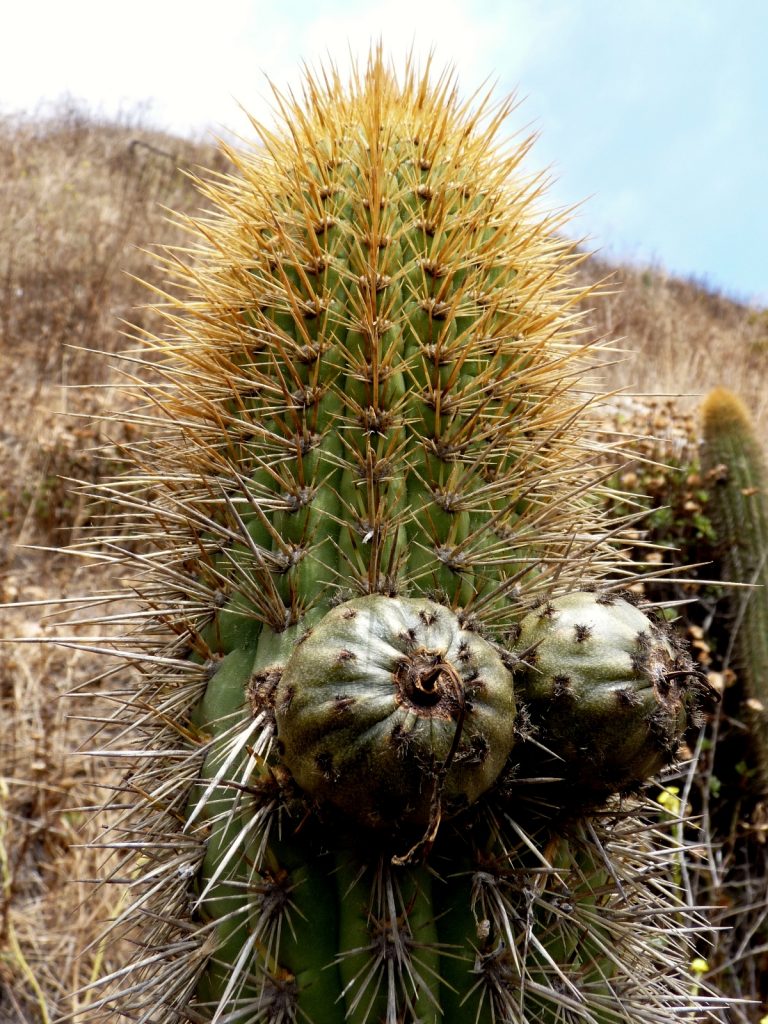
Trichocereus litoralis is definitely closely related to Trichocereus chiloensis and the current taxonomy is treating it as a variety or subspecies to it. Trichocereus litoralis always was a problematic species because there are so many intermediate forms between Trichocereus chiloensis and Trichocereus litoralis that it is extremely difficult to draw the line somewhere. While some…

